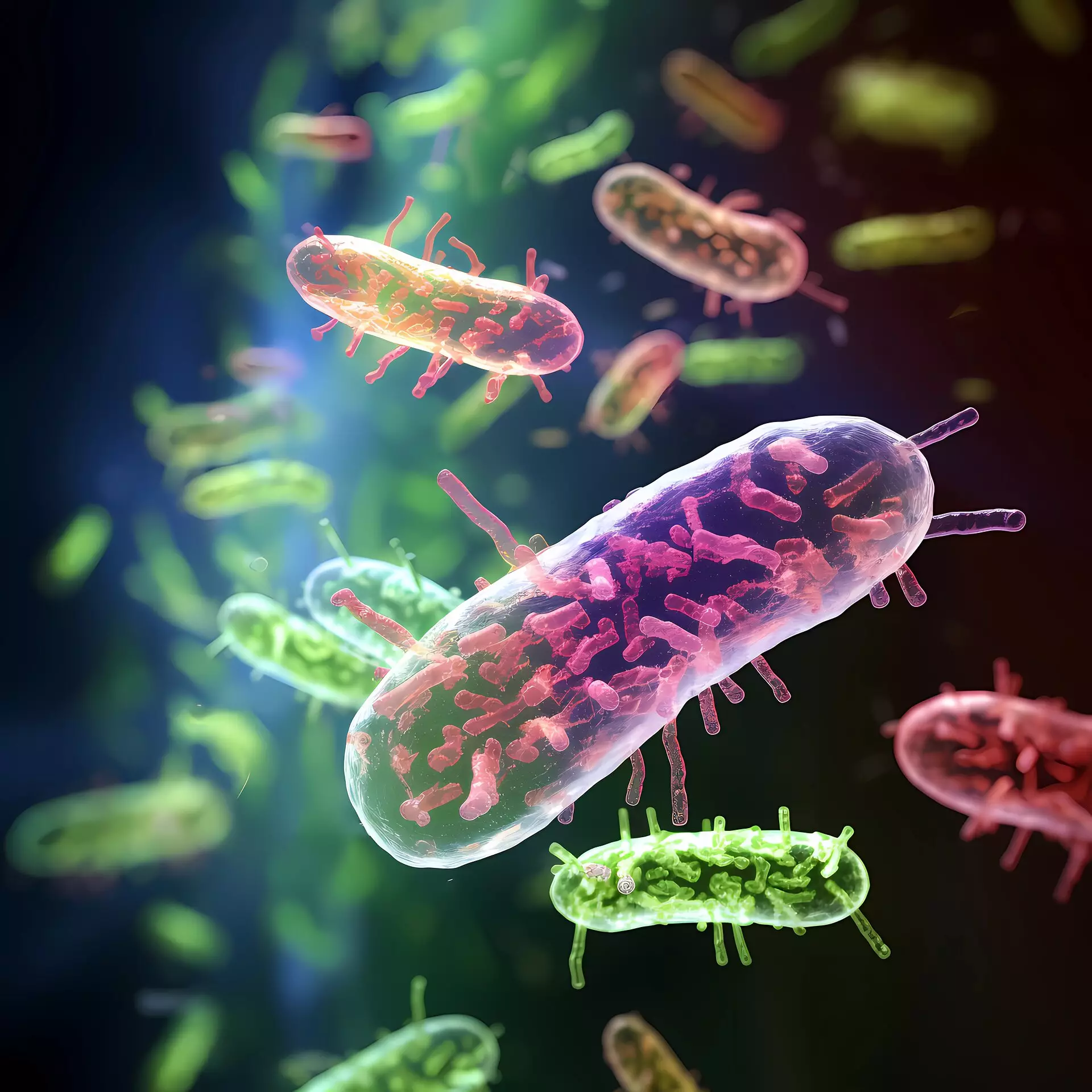A groundbreaking study led by Professor Xu Ning from the University of Science and Technology of China (USTC) has unearthed a compelling connection between active matter and shear flows, fundamentally shifting how we understand fluid dynamics in biological and synthetic systems. At its essence, active matter refers to materials that can harness energy—be it from their surroundings or through internal processes—to propel themselves. This category includes a variety of biological organisms such as bacterial colonies, paralleling the behaviors displayed in shear flow environments commonly studied in physics.
The implications of this research extend far beyond the laboratory. Active substances do not function under equilibrium, which is a traditional cornerstone in fluid dynamics. The self-propulsion of these materials leads to complex collective motions, raising questions and opening dialogues across multiple scientific disciplines. By establishing that the collective motion in active matter mimics the behavior observed in sheared systems, Professor Ning and his team are illuminating a path towards a new framework for analyzing these unique fluid dynamics.
Diving into Collective Motion: The Role of Viscosity
What sets this study apart is the focus on viscosity changes within active matter systems. In their research, the team highlights an intriguing observation: the viscosity alterations experienced by active matter under self-propulsion resemble those seen in conventional shear systems facing shear stress. In classical Newtonian fluids, shear forces only influence molecular alignment along the direction of flow—creating stable percolating clusters and maintaining consistent viscosity levels. Herein lies the revolutionary nature of active matter; these entities operate under different principles.
The core of the research’s findings indicates that, due to the inherent variability in the directionality of active forces, these systems can disrupt stable clusters, thereby triggering a significant decrease in viscosity. The research illustrates that as clusters disband under the influence of active forces, viscosity exhibits a marked drop—a phenomenon reminiscent of “superfluid” behaviors noted in cultures of E. coli. This connection not only enriches our foundational understanding of fluid dynamics but also suggests that similar principles might underpin various biological and synthetic systems.
Broader Implications: Bridging Biological and Physical Sciences
The validation of correlations between active matter and shear systems stands to revolutionize approaches in both biological and physical sciences. Imagine the implications for engineering soft robotics, the development of targeted drug delivery systems, or even the design of novel materials with tailored viscosity under specific conditions. As researchers delve deeper into this fascinating intersection, the potential applications could redefine how we approach complex systems, enhance material design, and innovate solutions across a spectrum of industries.
This study marks a significant milestone in fluid dynamics research, emblematic of the modern shift toward interdisciplinary collaboration that fosters fresh perspectives and innovative breakthroughs. The future holds endless possibilities as we continue to untangle the complexities of active matter and its relationship with conventional physical systems, promising to reshape not just the scientific landscape but applications that touch every facet of our daily lives.

